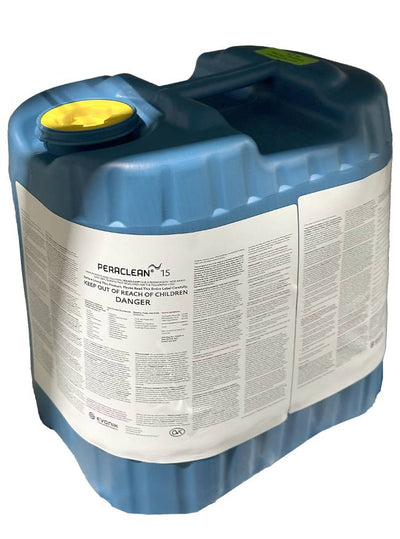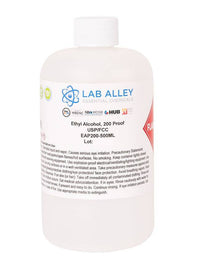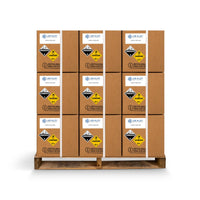Winery

Flavor is everything and our ingredients will either enhance your product’s flavor profile or keep it pure from unwanted flavors. We are trusted by many wineries and mead makers.

In wineries, peracetic acid is primarily used to sanitize equipment, barrels, tanks, and other surfaces that come into contact with grapes, juice, or wine. It helps prevent the growth of spoilage microorganisms and maintains a clean and hygienic environment throughout the winemaking process. Peracetic Acid is normally applied to surfaces once they have been cleaned with alkaline cleaning agents or detergents and then rinsed to remove any residuals. The peracetic acid is applied, either by spraying, soaking, or circulation methods, and the concentration and contact time will vary depending on the specific winery’s protocols and intended use of the equipment. Using peracetic acid reduces the risk of contamination and ensures the production of high-quality wines.
 Ethyl Alcohol, more commonly known as Ethanol, is a crucial component in the winery industry. It has a number of various applications throughout the winery industry, including fermentation, extraction of flavor and aroma compounds, preservation, fortification, and titratable acidity adjustments. Ethanol is the primary alcohol produced during the fermentation process, and is the fundamental step in winemaking, where grape juice is transformed into wine. As a solvent, ethanol helps extract flavor and aroma compounds from grape skins, seeds, and other grape solids, which then contribute to the sensory characteristics and complexity of the resulting wine. Due to its antimicrobial properties, ethanol is a natural preservative, inhibiting growth of spoilage microorganisms, such as bacteria and fungi, in wine. The presence of ethanol helps extend the shelf life and stability of wine. Winemakers may choose to create fortified wines, like Port, Sherry, or Madeira, by adding additional ethanol to raise the overall alcohol content, sweetness, and flavor profile of the wine. Finally, ethanol content can impact the perception of acidity in wine, so winemakers take this into account when adjusting the titratable acidity levels of the wine to achieve a desirable sensory balance.
Ethyl Alcohol, more commonly known as Ethanol, is a crucial component in the winery industry. It has a number of various applications throughout the winery industry, including fermentation, extraction of flavor and aroma compounds, preservation, fortification, and titratable acidity adjustments. Ethanol is the primary alcohol produced during the fermentation process, and is the fundamental step in winemaking, where grape juice is transformed into wine. As a solvent, ethanol helps extract flavor and aroma compounds from grape skins, seeds, and other grape solids, which then contribute to the sensory characteristics and complexity of the resulting wine. Due to its antimicrobial properties, ethanol is a natural preservative, inhibiting growth of spoilage microorganisms, such as bacteria and fungi, in wine. The presence of ethanol helps extend the shelf life and stability of wine. Winemakers may choose to create fortified wines, like Port, Sherry, or Madeira, by adding additional ethanol to raise the overall alcohol content, sweetness, and flavor profile of the wine. Finally, ethanol content can impact the perception of acidity in wine, so winemakers take this into account when adjusting the titratable acidity levels of the wine to achieve a desirable sensory balance.
Hydrogen Peroxide is occasionally used in the winery industry for specific applications, including sanitization, removal of wine stains, and oxidation. Hydrogen peroxide is an effective sanitizer to disinfect equipment, tanks, and barrels, and can also be used to sanitize fruit and grape handling equipment. Hydrogen peroxide can be used to remove wine stains from equipment, surfaces, and fabrics, and is often used to clean wine barrels and tanks, as well as in tasting rooms and wineries. In some cases, hydrogen peroxide can be used to introduce oxygen to wine during the winemaking process. This can help promote the development of desirable aroma and flavor compounds.

























